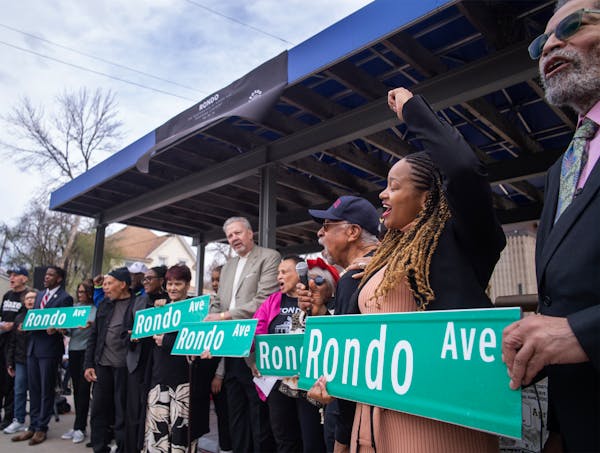Tens of thousands of children in foster care nationwide grow older each year waiting to be adopted, yet a government agency has found that there are far more women seeking to adopt children than there are children awaiting adoption. So why aren't the laws of supply and demand working in U.S. adoptions?
Last month, the National Center for Health Statistics held a research conference on its National Survey of Family Growth. The survey, based on more than 12,000 interviews, is the most comprehensive measure available of the demand for adoption in the United States. The latest study, released in August, found that nearly 600,000 women are seeking to adopt children they do not know. Put another way, imagine that every woman in Chicago between the ages of 18 and 44 wanted to adopt. Are there enough American children to meet this demand? Not even close.
There are three primary sources of "supply" for adoption -- newborns, foreign-born children and children in foster care. The first two groups are small and shrinking. Because most women giving birth out of wedlock now raise their children, fewer newborns are available for adoption. Indeed, the study reported, "Relinquishment of infants at birth is extremely rare." Meanwhile, recent changes in international law are likely to reduce the number of international adoptions. Even without those changes, adopting a child internationally is complicated and beyond the financial reach of most Americans. In 2007, there were fewer than 19,000 international adoptions.
Currently, the greatest number of children in need of adoptive families are in foster care. The Department of Health and Human Services reported on Sept. 30, 2006, the latest date for which figures are available, that 129,000 foster children were waiting to be adopted.
Here is where the data become interesting. Each woman in the National Survey of Family Growth who is seeking to adopt was asked about the characteristics of the child she would "prefer" to adopt or would "accept." The answers are eye-opening when compared with the facts that Health and Human Services has made public about the children waiting to be adopted. Consider:
521,400 survey respondents said they would adopt a black child. In fact, there were 41,591 black children in foster care waiting to be adopted -- or, 12.5 prospective parents for each waiting child.
351,600 respondents said they would adopt a child between the ages of 6 and 12. There were 46,136 children ages 6 to 12 in foster care -- or, 7.6 prospective parents for each waiting child.
185,400 said they would adopt a child age 13 or older. There were 30,654 children age 13 or older in foster care -- or, six prospective parents for each waiting child. Additionally, 181,800 respondents said they would adopt children with severe disabilities, and 447,000 said they would adopt two or more siblings at once.
The numbers do not add up. If 600,000 women are seeking to adopt and many of them are willing to adopt children with the profile of those in foster care (older children, minorities, children with disabilities), why do so few women actually adopt children from foster care? Last year, Health and Human Services reported, fewer than 8,000 children were adopted by parents with whom they did not already have a relationship.
Sadly, the gap between supply and demand in adoption isn't surprising. The Listening to Parents project, which I founded, has studied the experience of people adopting children from foster care since 2002. We have found that for every 1,000 people who call a public child welfare agency seeking to adopt, only 36 do so. Far too many parents we have interviewed describe the agencies they dealt with as bureaucratic and unwelcoming. Far too many agencies view their primary response in adoption as screening out "bad" parents rather than recruiting good ones.
Contrast two of the locations we studied for a 2005 report: In San Jose, everyone calling to inquire about adoption was invited to an information meeting designed to inform prospective parents about the children available and to get parents into the training program. In Miami, everyone calling to inquire about adoption was required to fill out a two-page questionnaire, over the phone, that included sensitive personal and financial information. Those who "passed" the call were invited to an information meeting that began with an announcement that all attendees would be fingerprinted at the front of the room. Is it any wonder that a prospective parent in San Jose was 12 times more likely to adopt?
It is, of course, important that those responsible for arranging adoptions secure safe, appropriate homes for children. And many agencies have improved their procedures. But too many public child-welfare agencies still serve as barriers. If we could remove the barriers, the demand for adoption would better match the supply -- and every waiting child in America could have a family.
Jeff Katz, founder of the Listening to Parents project, wrote this article for the Washington Post.


